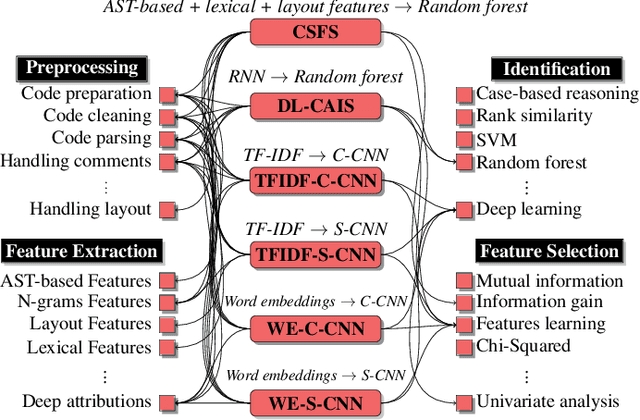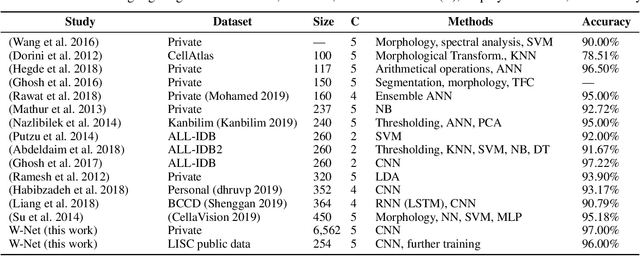Changhun Jung
SHIELD: Thwarting Code Authorship Attribution
Apr 26, 2023



Abstract:Authorship attribution has become increasingly accurate, posing a serious privacy risk for programmers who wish to remain anonymous. In this paper, we introduce SHIELD to examine the robustness of different code authorship attribution approaches against adversarial code examples. We define four attacks on attribution techniques, which include targeted and non-targeted attacks, and realize them using adversarial code perturbation. We experiment with a dataset of 200 programmers from the Google Code Jam competition to validate our methods targeting six state-of-the-art authorship attribution methods that adopt a variety of techniques for extracting authorship traits from source-code, including RNN, CNN, and code stylometry. Our experiments demonstrate the vulnerability of current authorship attribution methods against adversarial attacks. For the non-targeted attack, our experiments demonstrate the vulnerability of current authorship attribution methods against the attack with an attack success rate exceeds 98.5\% accompanied by a degradation of the identification confidence that exceeds 13\%. For the targeted attacks, we show the possibility of impersonating a programmer using targeted-adversarial perturbations with a success rate ranging from 66\% to 88\% for different authorship attribution techniques under several adversarial scenarios.
W-Net: A CNN-based Architecture for White Blood Cells Image Classification
Oct 02, 2019



Abstract:Computer-aided methods for analyzing white blood cells (WBC) have become widely popular due to the complexity of the manual process. Recent works have shown highly accurate segmentation and detection of white blood cells from microscopic blood images. However, the classification of the observed cells is still a challenge and highly demanded as the distribution of the five types reflects on the condition of the immune system. This work proposes W-Net, a CNN-based method for WBC classification. We evaluate W-Net on a real-world large-scale dataset, obtained from The Catholic University of Korea, that includes 6,562 real images of the five WBC types. W-Net achieves an average accuracy of 97%.
 Add to Chrome
Add to Chrome Add to Firefox
Add to Firefox Add to Edge
Add to Edge